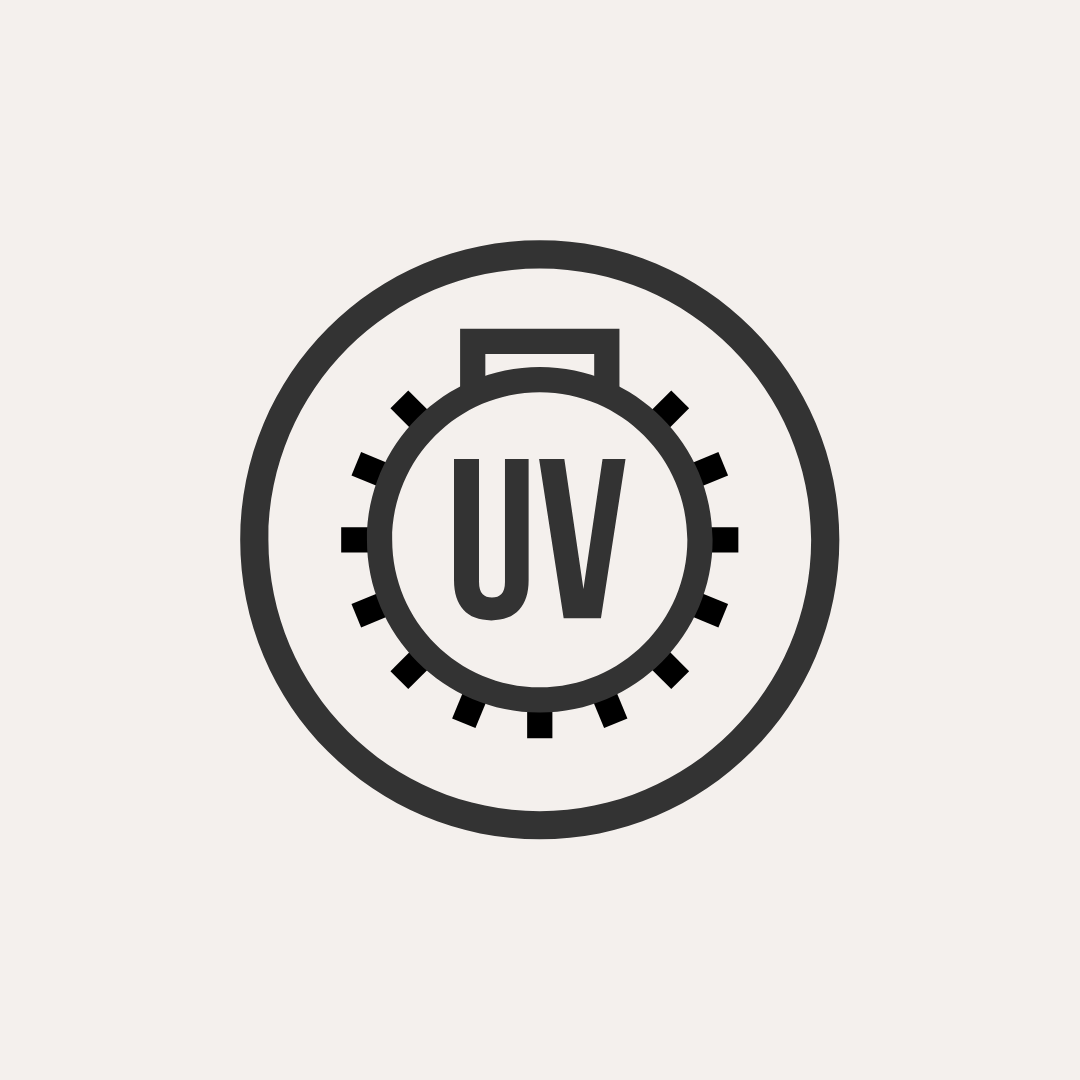
Sterilisation By UV Light Guide
Here is Lil'Kooee's explanation to why UV Light sterilisation is our least recommended method of sterilisation.
Polyamide (PA) is suitable for UV Light sterilisation. However, frequent UV Light sterilisation causes degradation and wear for any plastic or silicone material, including Polyamide.
For that reason, we only recommend UV Light sterilisation as an occasional/ infrequent method of sterilisation. More specifically, for a mum who may be combination feeding and only using a bottle every other day.
For parents who use UV Light as their primary method of sterilisation and exclusively/primarily bottle-feed, we recommend replacing our Natural Instinct Bottles every 3-6 months. This ensures optimal material integrity and therefore safety for your baby.
Note: If you currently use UV Light sterilisation with any plastic feeding bottle, please always check your bottles for discolouration, cloudy/fogginess, cracks, warping as well as structural integrity (if your bottles feel softer or more malleable than usual, immediately discard them and purchase new bottles)
Here is Lil'Kooee's guide to sterilise our products using UV Light sterilisation:
Step 1: Prepare Equipment and Space
- Wash your hands thoroughly with soap and warm water.
- Ensure your UV steriliser unit is clean, dry and placed on a stable surface.
- Check the UV-C bulbs/LEDs are functioning (replace as recommended by the manufacturer)
Step 2: Gather All Cleaned, Disassembled Bottle Parts
- Ensure you have completed an initial post-feed clean for all separated bottle parts.
- Please refer to our 'Initial Post-Feed Clean' Guide for further instructions
Step 3: Load the Steriliser
- Place bottles and accessories inside the UV steriliser.
- Arrange parts so that all surfaces are exposed to the UV light - avoid stacking or overlapping items.
- If your steriliser has designated racks or holders, use them for best exposure.
Step 4: Run the UV Sterilisation Cycle
- Close the lid securely
- Select the UV sterilisation mode (typical cycles run 5-10 minutes for disinfection; some units offer extended cycles with drying)
- Allow the steriliser to complete the full cycle without interruption.
Step 5: Drying (If Applicable)
- Some UV sterilisers include a built-in drying function (using gentle heat or air circulation). If so, follow the manufacturer's instructions and run the drying cycle after sterilisation.
- If your steriliser does not include drying, ensure all items are full dry before storage to avoid bacteria regrowth.
Step 7: Remove Safely
- Wash hands before removing items or use clean tongs.
- Handle bottles and teats carefully to maintain sterility
Step 8: Store Safely
- Store bottles and parts in a clean, covered container or assemble them directly if ready for use.
- Many UV sterilisers also feature a storage mode, which periodically pulses UV light to keep items sterile for up to 24 hours - use this if available.
Extra tips:
- Important: Prolonged/frequent UV exposure can speed up material degradation, especially in plastic and silicone. For this reason, it's recommended to replace bottles and teats more frequently (Approx. 3-6 months) - same as microwave sterilisation
- Check manufacturer instructions for recommended cycle times and maximum capacity.
- Wipe the inside of the steriliser regularly to keep surfaces dust-free (dust reduces UV effectiveness)
- Replace UV Blubs/LEDs according to the manufacturer's schedule for consistent performance.


